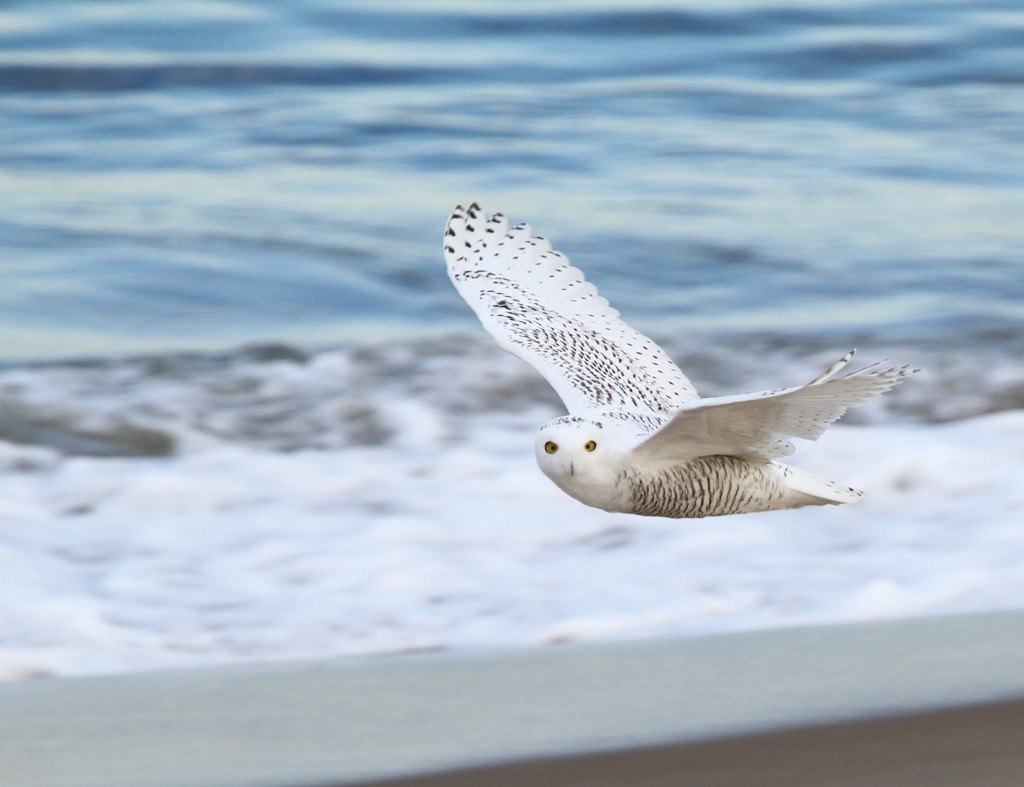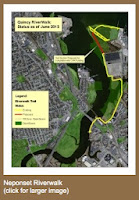Today’s blogger is
Shalen!
 |
| One of Save the Bay's education vessels, the Alletta Morris! |
Last week
I had the great pleasure of exploring the Narragansett Bay watershed with
Dorie, thanks to Topher Hamblett, Director of Advocacy and Policy at Save the
Bay, and Rachel Calabro, Community
Organizer and Advocate. I also had the honor of meeting Tom Kutcher,
Narragansett Bay Keeper, and Bridget Prescott, Director of Education while down
in Rhode Island at the Save the Bay Center.
Founded in
1970, one of the first issues on which Save the Bay worked was opposing a
proposed nuclear energy facility on the bay in North Kingstown, Rhode Island.
In its early years, this grassroots organization fought off other proposed
energy facilities and worked to limit the industrialization of the Bay. Today,
the Bay is used for fishing, boating, education, walking, and picnicking,
thanks in large part to the efforts over the years of Save the Bay.
The
programs of Save the Bay evolve to fit the issues of the times. For example, in
the 1980s, Save the Bay (STB) focused on water pollution, and was very
policy-oriented. Then in the 90s, they established the Baykeeper program, an
on-the-water advocacy and watchdog program, and developed water quality
monitoring protocols. The organization has a strong emphasis on restoring
habitat, including saltmarsh, eelgrass beds, shellfish beds, and riverine
sites. Right now, STB is concentrating on climate change, and sea level rise
adaptation, focusing on issues such as shoreline erosion, stormwater pollution,
water warming, and saltmarsh restoration (especially in the wake of Hurricane
Sandy). One way STB is working to prevent shoreline erosion is to soften the
shoreline by planting. A soft shoreline absorbs much of the force of the waves
diminishing their destructive power. In contrast, waves rebound off a hard
shoreline, such as seawall, scouring away soil, sand
and
plants. Some of the grasses planted are grown by the children in STB’s
programs, allowing these local kids to be plugged into current issues and watershed
preservation.
 |
| A mural in one of the Save the Bay Center classrooms |
Save the
Bay offers opportunities for children and adults to explore and learn about the
Bay so in turn they will feel an attachment to and responsibility for the Bay
and its watershed. The Save the Bay Center, completed in 2005, allowed the
education program to expand and features multiple classrooms for labs and
learning. It is built on a remediated landfill and incorporates many
environmentally smart features such as recycled flooring, ambient light, a
green roof and solar panels. Kids also
get to travel on the education vessels Elizabeth
Morris and Alletta Morris (which
we got to board down at the docks!), as “floating classrooms.” Right now, more
than 15,000 children participate in the programs the Center offers. STB intends
to expand their education programs into Massachusetts, as well, and are working
on a pilot program to test in Fall River. STB works with public, private, and
charter schools.
Years ago
clogged with sewage and poisoned by toxins, Narragansett Bay has come a long
way thanks to Save the Bay. Covering a 147-square mile area, the Bay’s
watershed is home to about 1.8 million people (in Massachusetts and Rhode
Island), and over 12 million people visit the Bay every year. The watershed
includes sections of Massachusetts, Rhode Island, and Connecticut. The
Blackstone and Taunton Rivers are the largest sources of freshwater to the Bay.
The Pawtuxet River is the largest sub-watershed fully within Rhode Island. The
Wood-Pawcatuck River watershed drains much of western Rhode Island and parts of
Connecticut, feeding into Little Narragansett Bay in Westerly, Rhode Island.
Save The Bay also has a South County Coastkeeper who focuses on the southern
Rhode Island shoreline and the salt ponds. Numerous small watersheds drain into
Narragansett Bay as well.
After
exploring one of the education vessels, we began our tour of various spots in
the Narragansett Bay watershed. We first traveled up Interstate Highway 95 and
I noticed immediately how similar this and the
Neponset River watershed are, as they are both urban watersheds.
Despite the developed location, one of STB’s priorities is public access to the
Bay and its nearby waterways for enjoyment and recreation.
 |
| Slater Mill, Pawtucket RI |
We visited
the Blackstone River Visitor’s Center in Pawtucket, RI, and learned about the
urbanization along the river due to the Industrial Revolution, evidenced by the
historic Slater Mill across the street. This river used to be a boundary marker
for the territory of the Wampanoag and Narragansett Native American tribes, and
was once resource-rich and teeming with life.
Departing
from Slater Mill, we journeyed south back into Providence to visit WaterPlace
Park, near the Providence Place Mall. In the 1990s, this tidal lagoon, part of
the Woonasquatucket River, was reclaimed by opening up the river, which was
buried under the city. Concerts and various events are held in the park, a
great attraction for revitalizing the community. In my opinion, this park might
motivate people to think more about the effects of climate change. It has
dramatically flooded on occasion due to the combination of heavier rainfall and
sea level rise – both results of climate change. When people see this beloved
landmark affected by the elements it might spur them to fight climate change by
reducing carbon emissions.
As we
drove through Providence, I noticed how visible, open, and inviting the
Moshassuck River was as it winds through the city. The Moshassuck eventually
combines with the Woonasquatucket River to form the Providence River. The
rivers in Providence are truly centerpieces now, and are very much visible,
which increases the public’s desire for access.
We passed
by the huge hurricane barriers built after the 1954 hurricane, designed to
prevent all but minimal flooding to the city during big storm events.
Unfortunately salt piles and scrap metal yards adorn the flood zone, and pose a
risk of polluting the bay during times of significant flooding.
Continuing
down the road from the scrap metal yards, we passed by Johnson and Wales
University, coming to the sewage treatment plant, just shy of the Save the Bay
Center. The plant services more than 300,000 people, and to offset its energy
consumption by about two-thirds, the plant constructed wind turbines. Before
resuming our tour, we stopped at the STB Center for lunch outside on picnic
tables facing the Bay.
Rachel
Calabro was kind enough to take Dorie and me from there to a dam removal site
along the Pawtuxet River, on the town line of Warwick and Cranston. The cement
dam was built on the residing bedrock and was used to prevent the tide from
rising too far up the river and to keep the water fresh. Inevitably, the
impounded water became polluted and the dam was removed so the river can flow
down the natural waterfall there and allow passage for the fish to travel
upstream.
Our final
destination was Stillhouse Cove, where Wenley Ferguson, Director of Habitat Restoration, was working with
volunteers on a marsh restoration project. She is recreating a natural
vegetated barrier for the shoreline, which inches dangerously close to the
nearby road and neighborhood due to runoff from high-density development and
damage from continual storms. When Hurricane Sandy hit, the shoreline here was
heavily eroded. Right now, Wenley and her team are seeding the edge of the
marsh with warm season grasses.
 |
| Stillhouse Cove |
My day at Save the Bay was inspiring to say the least. To see
the vigor and excitement with which these dedicated people work to protect and
restore Narragansett Bay left me with hope: with perseverance, we can combat
environmental degradation and make this world a healthier place for not just
humans but all beings.









 to sell Tisquantum into slavery in Spain where he was taken in by Spanish Friars, converted to Christianity, and later travelled to London. Tisquantum eventually returned to North America only to find, in horror, that:
to sell Tisquantum into slavery in Spain where he was taken in by Spanish Friars, converted to Christianity, and later travelled to London. Tisquantum eventually returned to North America only to find, in horror, that:





